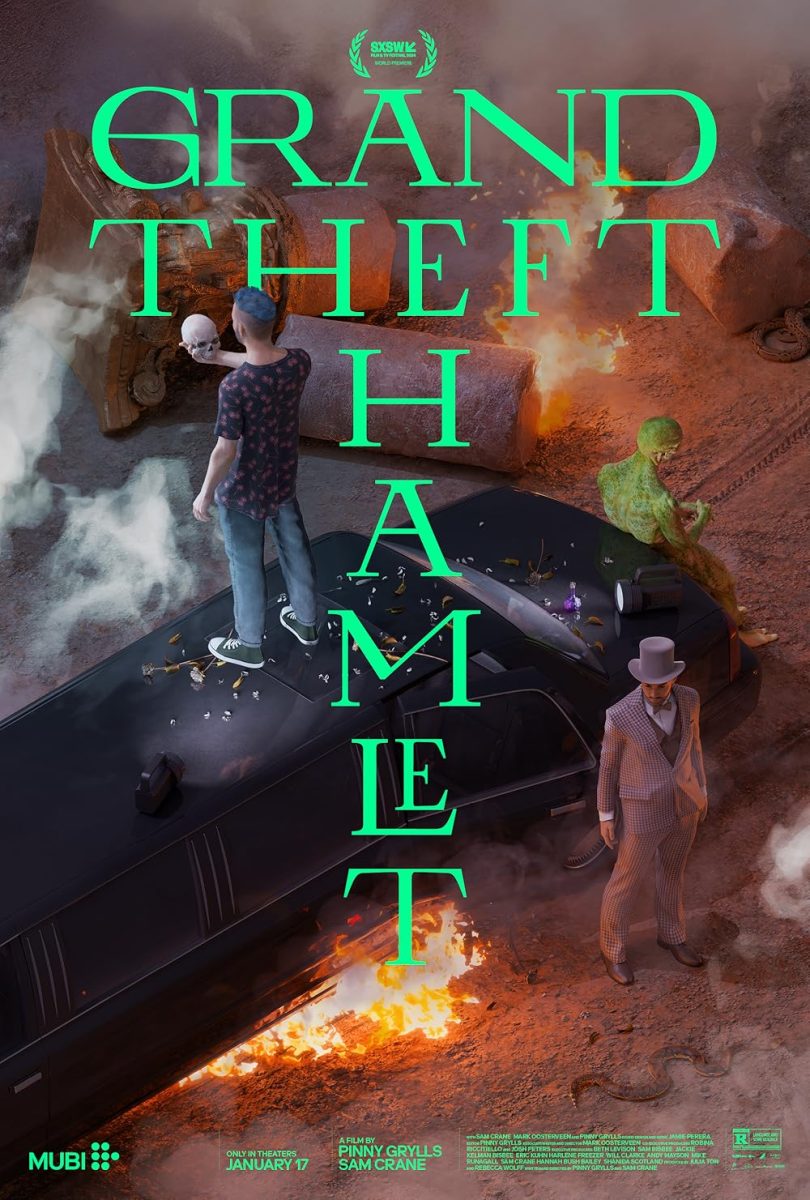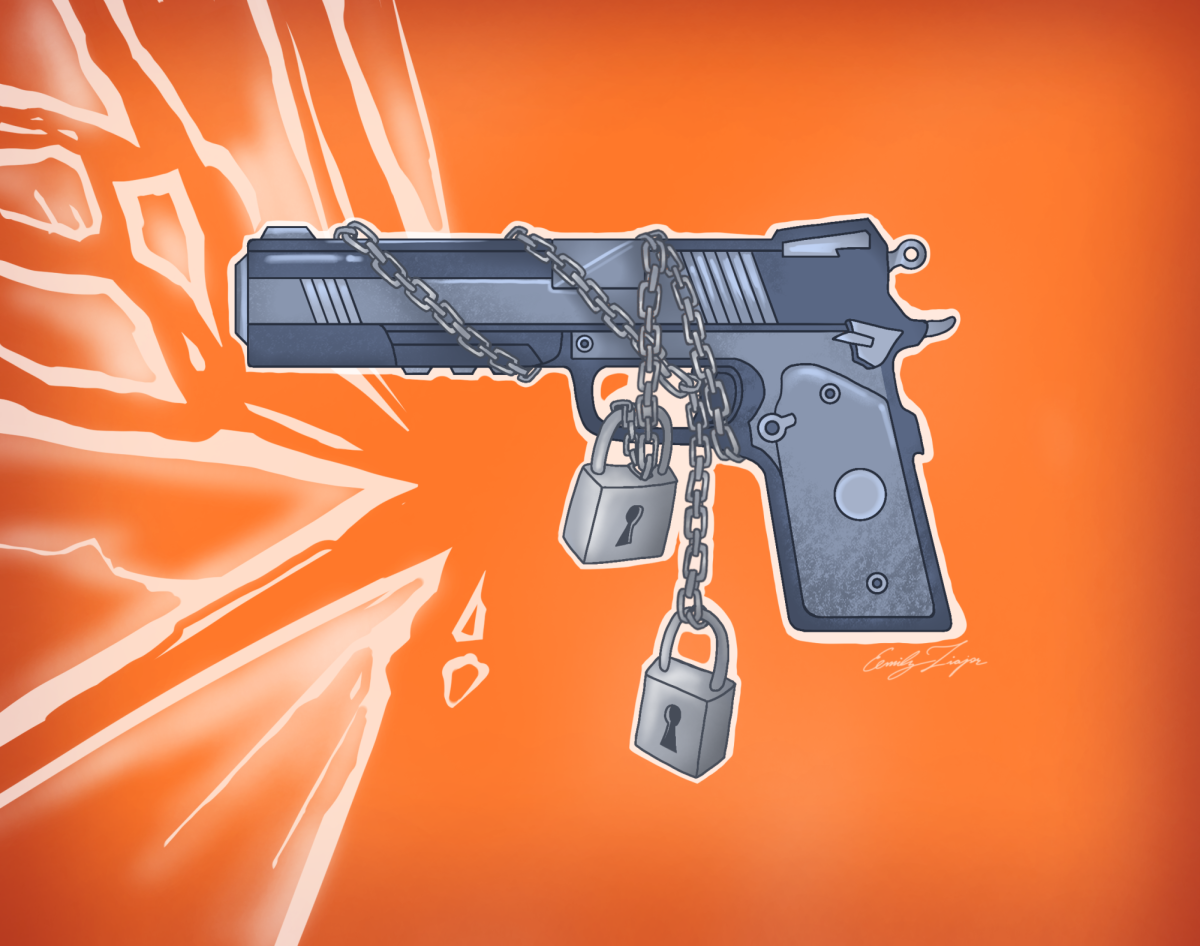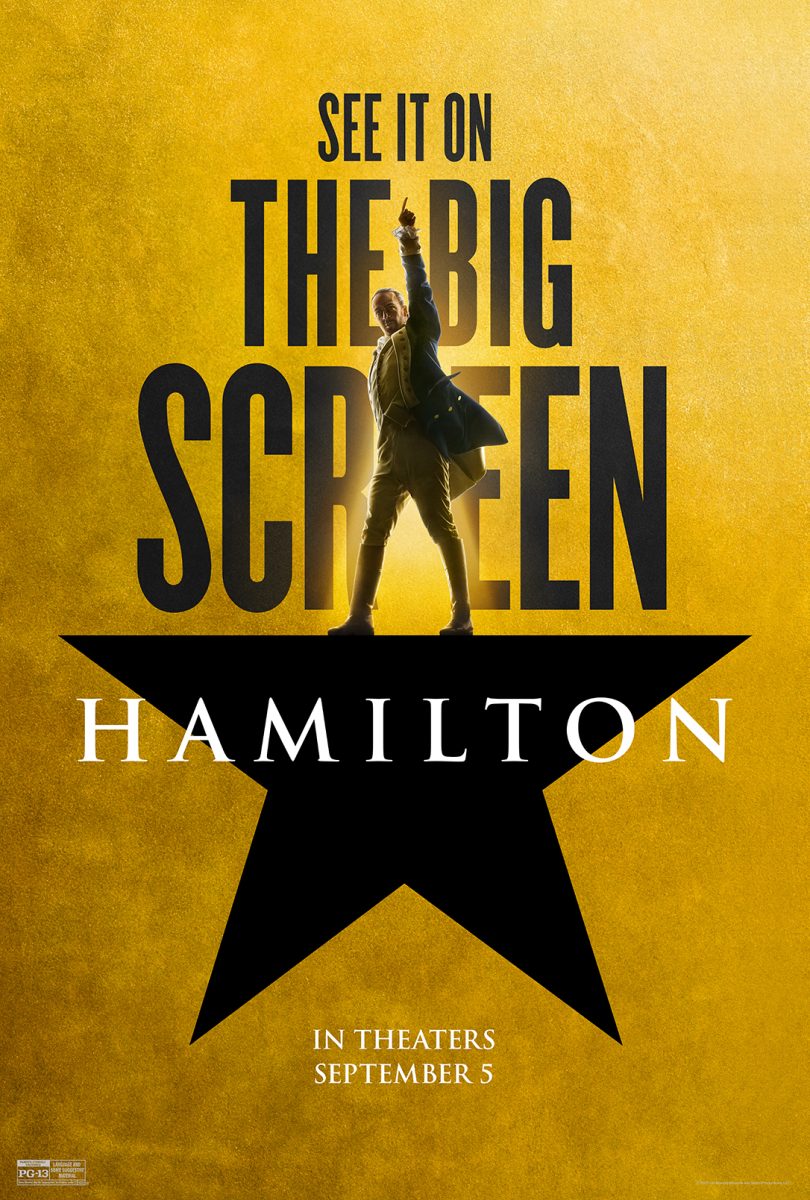Since YouTube and other video-sharing platforms emerged online, gaming content has dominated the internet as a medium extending far beyond its simple “gameplay video” premise. From Rooster Teeth’s “Red vs. Blue” series filmed within private servers of the “Halo” franchise to the lore created in “Minecraft” gameplay videos by YouTuber Aphmau, video games have become for creators to tell stories and express creativity. I’ve even made crappy short films with my friends in “Fortnite” when we were in middle school.
Pushing these boundaries further, theatre actor Sam Crane and documentary filmmaker Pinny Grylls crafted a feature-length movie filmed entirely in the uncontrolled public servers of the anarchic “Grand Theft Auto Online.”
Set during the United Kingdom’s third lockdown of the COVID-19 pandemic, “Grand Theft Hamlet” explores the efforts of the unemployed Crane and fellow actor Mark Oosterveen attempting to set up a production of William Shakespeare’s “Hamlet” in the online, hyper-violent video game world.
There are many gaming videos, that contain similar high concepts to this film. These can be found in digestible, 20-minute bursts, and for free on YouTube. However, “Grand Theft Hamlet” is a full 90-minute feature accessed through a $15 monthly MUBI subscription. Does “Grand Theft Hamlet” offer enough to stand as an entire feature film, or is it simply just a glorified YouTube video? That is the question.
The film’s premise reeled me in. GTA public servers are filled with obnoxious, violent griefers, and it’s amusing to watch Sam and Mark fail to stage their production over players looking to sabotage them at any time. What started as a goofy idea out of boredom at the Vinewood Bowl stage in the game soon evolved into staged recreations of Shakespeare’s tragedy throughout the fictional world of Los Santos. However, nearly quintupling the length of the average YouTube video of its style, the film’s gimmick quickly tires itself out. There are only so many GTA hijinks a person can bear before it becomes too redundant.
To add depth, the film delves into the lives of Crane and Oosterveen in the middle of a COVID-19 lockdown to help keep things evenly paced. We connect to their struggles with the isolating conditions of the lockdown, but we are also concerned by their unhealthy obsession with the game. It’s a layer of drama and conflict that helps keep audiences hooked and invested in the film.
But this device functions as a double-edged sword. The biggest sin “Grand Theft Hamlet” is damned to is how painfully scripted and artificial it can feel. Dialogue that is supposed to be intimate comes off as a staged recreation.
With the film seeming to take a more vérité-styled approach to its documentary filmmaking, having it set entirely within “Grand Theft Auto Online” becomes too restrictive in what can be captured. Let’s be real here–people are not going to log on to a particular video game specifically to discuss information relevant to a narrative trying to be told. It’s unconvincing that all key plot points of the film just so happened to be conveniently captured in unsuspected gameplay.
And for such a silly premise, the film takes itself way too seriously. It sells itself with its two completely incongruous elements: William Shakespeare and Grand Theft Auto. It’s a completely absurd premise. And yet, it presents itself as an elevated exploration of art and human connection that ultimately rubs off as pretentious.
This isn’t to condemn the film for its seriousness. It can be entertaining at times. But it’s too shy to fully embrace the silliness of it all. At the same time, it demands too much for audiences to treat it seriously.
“Grand Theft Hamlet” is an impressive effort of experimental filmmaking. In theory, it boasts a fascinating, original concept unseen in cinema. In practice, it fails to do anything profound with it. Viewers are better off seeing an extended, “VanossGaming-like” 40-minute video they can find for free on YouTube. At least those feel more authentic than this does.
2.5/5









